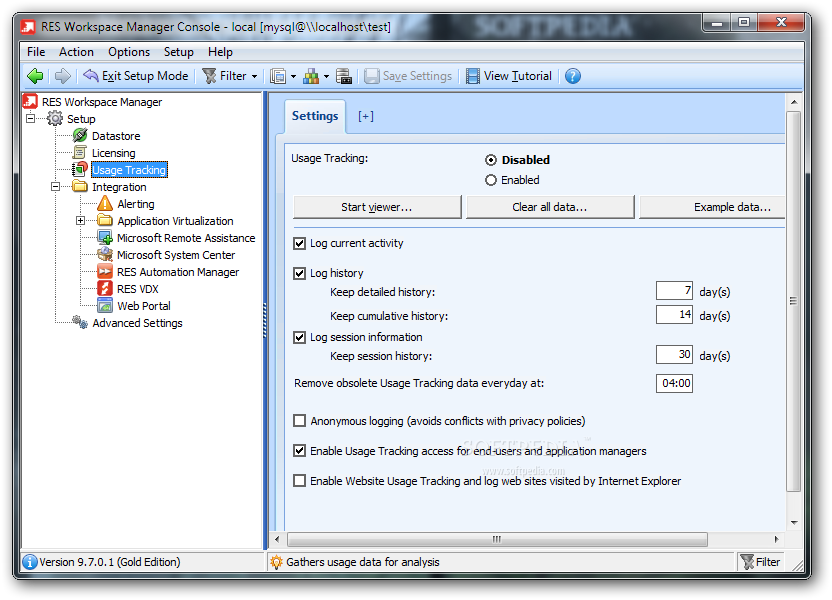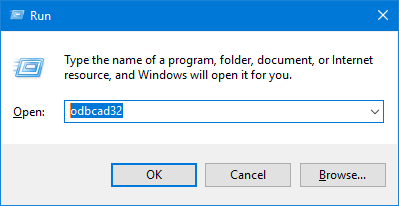
The SQLDescribeCol always returns a value for precision check box specifies whether or not the driver should return a non-zero value for the cbColDef argument of SQLDescribeCol. If this check box is cleared, the locale-specific Oracle value is returned. Larger values tend to increase performance when fetching a lot of data.Ĭustomization - The Enforce ODBC DayOfWeek Standard check box specifies whether the result set will conform to the ODBC specified day-of-week format (Sunday = 1 Saturday = 7). The driver optimizes fetching so that one fetch from the Oracle Server returns enough rows to fill a buffer of the specified size. Buffer Size specifies the size, in bytes, allocated to receive fetched data. The Include SYNONYMS in SQL Columns check box specifies whether the driver returns column information. The ODBC Driver for Oracle provides faster access when this value is not set. Performance - The Include REMARKS in Catalog Functions check box specifies whether the driver returns Remarks columns for the SQLColumns result set. Translation - Click Select to choose a loaded data translator. The user name and connect string that you typed become the default connection values for this data source when you connect to it.Ĭlick Options make more specifications about the ODBC Driver for Oracle setup: The Data Sources dialog box appears, and the ODBC Administrator updates the registry information.

In the Server box, type the Database Alias or connect string for the Oracle Server engine that you want to access. In the User Name box, type your database user name (your database user ID). This optional field describes the database driver that the data source connects to. In the Description box, type the description for the driver. In the Data Source Name box, type the name of the data source you want to access. The Microsoft ODBC for Oracle Setup dialog box appears. Select Microsoft ODBC for Oracle and then click Finish. The Creat New Data Source dialog box appears. In the ODBC Data Source Administrator dialog box, click Add. As you add data sources, the ODBC Administrator updates the registry information for you. The ODBC Administrator updates your data source connection information. To add and configure data sources, use the ODBC Data Source Administrator. Before you can connect to a data source, its connection information must be added to the registry. This entry contains information about each data source and its associated driver.

The registry entry created by the ODBC Data Source Administrator is used by the ODBC Driver Manager and ODBC drivers.
#Windows odbc manager windows#
To connect to a data source, the Driver Manager checks the Windows registry for specific connection information. Instead, use the ODBC driver provided by Oracle.Ī data source identifies a path to data that can include a network library, server, database, and other attributes - in this case, the data source is the path to an Oracle database. Avoid using this feature in new development work, and plan to modify applications that currently use this feature. This feature will be removed in a future version of Windows.


 0 kommentar(er)
0 kommentar(er)
